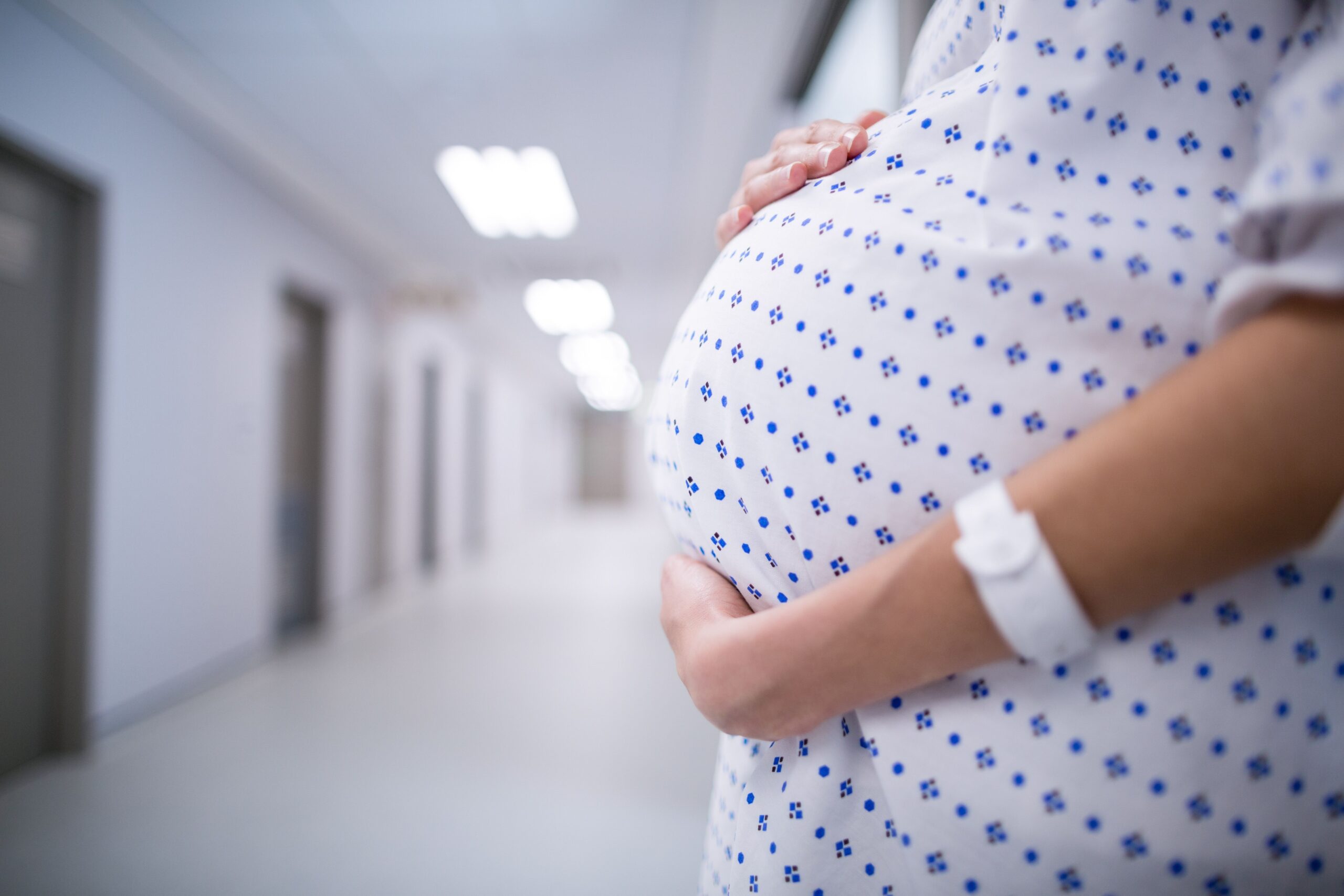Study evaluates clinical utility of USPSTF preeclampsia guidelines in aspirin prophylaxis | Image Credit: © WavebreakMediaMicro – stock.adobe.com.
A new prospective cohort study assessing the clinical effectiveness of the US Preventive Services Task Force (USPSTF) guidelines for preeclampsia risk assessment and aspirin prophylaxis (AP) found that the majority of pregnant patients are identified as being at increased risk, raising concerns about the specificity of current risk stratification and the consistent application of preventive care.1,2
Published in JAMA Network Open, the study enrolled 5684 individuals with singleton pregnancies across 11 geographically diverse medical centers in the United States between July 2020 and March 2023. Participants were categorized using USPSTF criteria into low-, moderate-, or high-risk groups based on clinical and demographic characteristics.
Overall, 88.8% of the cohort was classified as being at increased risk for preeclampsia—70.3% in the moderate risk category and 18.5% in the high risk category. The low risk group represented only 11.2% of participants. Preeclampsia was diagnosed in 12.1% of the study population, including 23.5% of those in the high risk group and 10.5% in the moderate risk group. The rate among those in the low risk category was 3.0%.
“We found that using the USPSTF guidelines identified 89% of participants as being at either moderate or high risk for PE,” said lead author Thomas McElrath, MD, PhD, vice president of clinical development at Mirvie and a maternal-fetal medicine specialist at Mass General Brigham. “With the vast majority of the population being labeled as ‘at risk,’ it is unclear if the USPSTF guidelines are serving their intended use of helping clinicians identify patients at most need of additional care.”2
Although 82.0% of patients classified as high risk were recommended low-dose aspirin, only 50.4% of those with two or more moderate risk factors received an aspirin recommendation. For participants with a single moderate risk factor, this rate was 23.8%.
“Physicians may be reluctant to prescribe aspirin when the majority of their patients fall into the moderate risk category,” McElrath said. “This is compounded by less than 25% compliance with aspirin use by patients in the moderate risk category.”
Analysis of individual moderate risk factors revealed that only nulliparity was consistently associated with a modest increase in preeclampsia risk (RR, 1.48; 95% CI, 1.35–1.62; P < .001). Other moderate risk indicators, including obesity (RR, 1.11; 95% CI, 1.01–1.22), Black race (RR, 0.95; 95% CI, 0.80–1.14), and advanced maternal age (RR, 0.79; 95% CI, 0.65–0.96), demonstrated limited or no predictive value when assessed independently.
“If the intended utility of the guidelines is to facilitate the focus of clinical attention and limited clinical resources on those at greatest risk of preeclampsia, identifying the majority of the population as ‘at risk’ does not meet this end,” McElrath stated.
The USPSTF guidelines are supported by both the American College of Obstetricians and Gynecologists and the Society for Maternal-Fetal Medicine and recommend initiating low-dose aspirin between 12 and 28 weeks’ gestation in individuals with one high or at least two moderate risk factors.
Kara Boeldt, executive director of EndPreeclampsia.org and a preeclampsia survivor, said, “The introduction of the USPSTF guidelines in 2021 didn’t do anything to reverse course on the rise of preeclampsia. This important and eye-opening study highlights that we need new approaches that can predict who’s truly at risk for preeclampsia, which can be so dangerous for moms and their babies.”
McElrath emphasized that risk factors for preeclampsia should be evaluated collectively within a single, diverse population, rather than compiled from separate studies. “The risk factors for PE, and probably other conditions, should be simultaneously evaluated in a single population to ensure that they provide clinically actionable information,” he said.
The study authors concluded that moderate risk factors, in the absence of high risk factors, offer limited value in estimating preeclampsia risk and contribute to nonspecific aspirin recommendations.
“With innovation like Encompass™, we can now deliver preventive care to the right patients at the right time and impact rates of preterm birth,” said Maneesh Jain, CEO and co-founder of Mirvie.2
The Miracle of Life study is the largest molecular health study in pregnancy to date, analyzing over 200 million data points from nearly 11,000 pregnancies. Mirvie researchers aim to refine predictive tools, such as cell-free RNA blood tests, to enable personalized preeclampsia risk assessments.2
References:
- McElrath TF, Arun Jeyabalan, Arkady Khodursky, et al. Utility of the US Preventive Services Task Force for Preeclampsia Risk Assessment and Aspirin Prophylaxis. JAMA Network Open. 2025;8(7):e2521792-e2521792. doi:https://doi.org/10.1001/jamanetworkopen.2025.21792
- Mirvie. New study in JAMA Network Open shows current approaches to assessing preeclampsia risk are failing the majority of pregnant moms. EurekAlert. July 17, 2025. Accessed July 22, 2025. https://www.eurekalert.org/news-releases/1091599
- Mass General Brigham. Research Spotlight: evaluating the effectiveness of guidelines to predict the risk of preeclampsia. EurekAlert. July 17, 2025. Accessed July 22, 2025. https://www.eurekalert.org/news-releases/1091601
